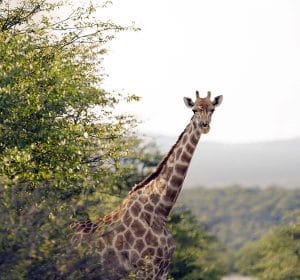Namibia Hunting Safari
If you are planning a safari to Africa, the kudu is one of the most sought-after trophies there. These antelope are usually taken for camp meat and leopard bait. They are tough animals that can be hunted in many regions of southern Africa. But there are some things you need to know before you get into the field. Contact us to learn more about hunting namibia.

Kudu tends to inhabit dense bushes. This makes it difficult for predators to distinguish them from other animals. Because of this, it is essential to use a high-quality controlled-expansion bullet for hunting kudu.
Kudu tends to roam in large herds of 10 individuals. Mature bulls can only be seen during the mating season. The horns of mature bulls are typically between 44 and 54 inches in length. The horns of bulls over 55 inches are considered a trophy.
Kudu is native to the Eastern Cape of South Africa. They are found in various subspecies, ranging from the Greater Kudu to the Southern Greater Kudu. Each of these species is distinctive in its own way. Some have a blueish-gray background, while others have a greyish color. Both types have a white nose chevron and a throat ruff of black and white hairs.
Kudu is often confused with elk, which is another antelope with a similar horn pattern. However, the horns of kudu are much wider and longer. Many of the horns are pointed out at the tips. A kudu’s horn is made up of a spiral ridge, which forms the base of the horn. It is then followed to the tip of the horn.
Kudu is primarily nocturnal, but they do come out during daylight hours. They are most active during the evening and in the early morning. In the drier months, they need to cover more ground to find food.
Kudu is also a very tough animal. Even when they are scared, they freeze and wait for a chance to escape. To avoid being spotted, they have very large ears.
Although the horns of kudu can be a very impressive weapon, it is important to take into consideration the kudu’s natural environment. Rather than focusing on a large horn, hunters can focus on judging kudu by their mane, beard, and eyes.
Using the four tricks above, you should be able to accurately judge whether a kudu is good or not. Be sure to wear clothes that breathe. Wear layers for different activities. You can also check out the sun glinting off of the kudu horns.
Depending on your destination, you may be able to hunt kudu year-round. One of the best places for kudu hunting in Namibia is Burchell-Wolf, and the kudu has been found in Botswana. Other popular destinations for kudu hunting include Zimbabwe and South Africa. Regardless of your destination, it is important to have a knowledgeable guide to help you.
The best time of the year to go kudu hunting is during the rut. The main rutting period takes place in May. During the breeding season, kudu is subject to more predation.
